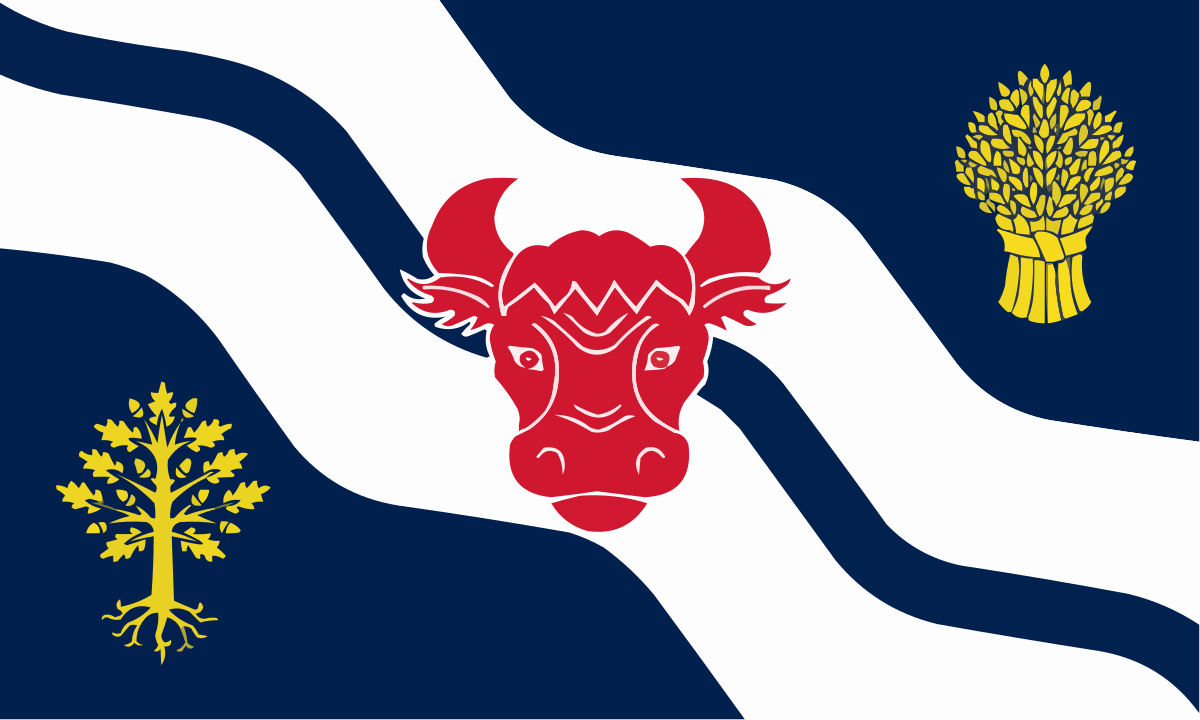Local Recipes
Banbury Cakes
12 oz. puff pastry
(NB life is too short to make your own puff pastry. I always buy mine ready-made from a local supermarket)
4 oz. butter
2 teaspoons lemon juice
4 oz. mixed peel
6 oz. currants
1 level teaspoon mixed spice
1 egg white
1 oz.granulated sugar
2 teaspoons lemon juice
4 oz. mixed peel
6 oz. currants
1 level teaspoon mixed spice
1 egg white
1 oz.granulated sugar
Beat butter until smooth. Add lemon juice, peel, currants, and mixed spice, mixing well.
Roll out pastry and cut into 3" rounds. Put a teaspoon of mixture on each round.
Brush pastry edges with water and seal over filling. Turn over, flatten slightly and slit tops.
Brush with egg white and sprinkle with sugar.
Bake 20-25 minutes at 220 degrees C until golden.
====================================================================



No comments:
Post a Comment